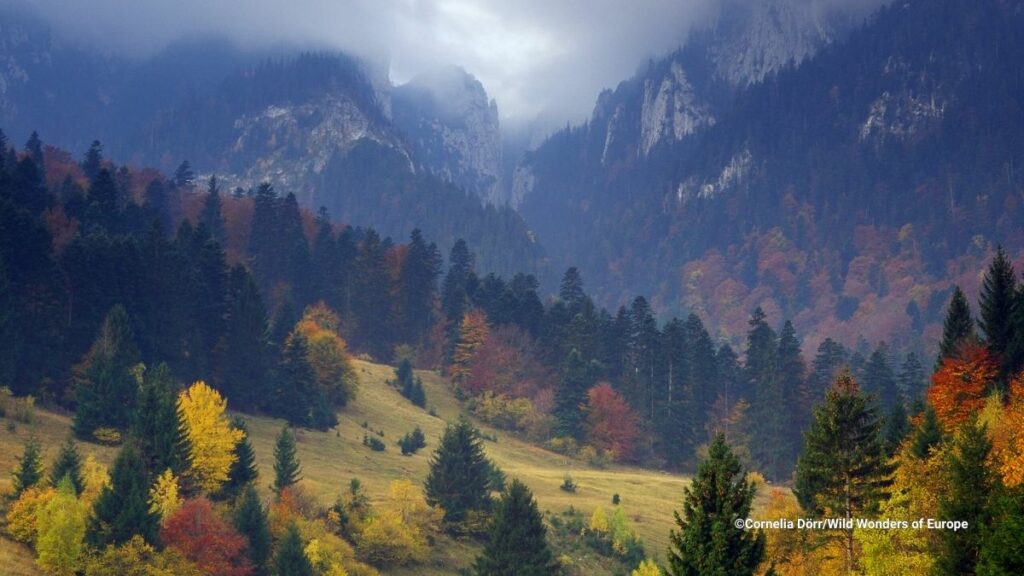Letting nature lead its own recovery: this, roughly speaking, is the rewilding approach. For Amy Duthie, however, there is much more to rewilding. One thing is to learn from nature. Another is to engage people living in communities where rewilding is taking place. Rewilding Europe’s Head of Upscaling explains how pioneering conservation initiative Rewilding Europe wins hearts and minds, building critical support for rewilding as it works to scale up nature recovery across the continent.
What is your role at Rewilding Europe and what exactly is rewilding?
Rewilding Europe is carrying out practical rewilding efforts in an expanding portfolio of large-scale rewilding landscapes across Europe. By demonstrating how rewilding can benefit both nature and people, we want to encourage and empower other initiatives to rewild too. My role is to support the scaling up of rewilding across the continent, which will amplify its beneficial impact.
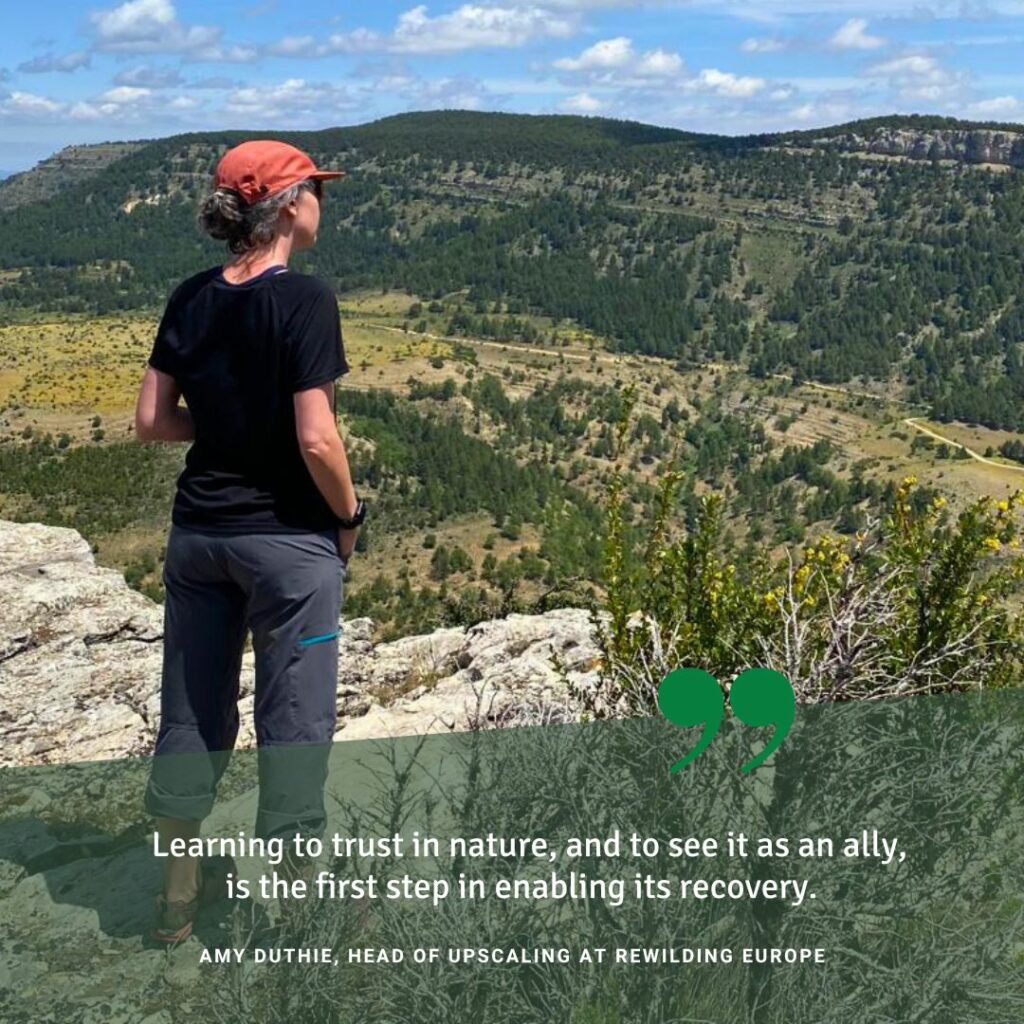
Rewilding is about working with nature and moving towards a point where nature can sustain itself. Across Europe, people have intervened in nature for millennia – particularly since the Industrial Revolution. As a result, most natural landscapes and their wildlife populations are highly degraded. Today, European nature is managed and controlled to a huge extent, because of what we perceive as our own best interests. Learning to trust in nature, and to see it as an ally, is the first step in enabling its recovery.
“Low-intensity grazing can boost biodiversity by opening up landscapes and preventing encroachment by shrubs, which also reduces the risk of catastrophic fire and enhances carbon storage and climate change resilience.“
For us, rewilding is quite a humble approach. It’s about stepping back and letting natural processes lead the recovery process. Sometimes, before we let nature lead, we need to kick-start those processes by removing something that is preventing nature from recovering, such as an obsolete dam, or an old barbed wire fence. We also see huge benefits in the natural regeneration of forests and bringing back wild and semi-wild herbivores such as bison and horses in European landscapes. Through their low-intensity grazing, these animals can boost biodiversity by opening up these landscapes and preventing encroachment by shrubs, which also reduces the risk of catastrophic fire and enhances carbon storage and climate change resilience. Returning iconic grazers such as European bison to landscapes can also support the growth of sustainable nature-based economies, breathing new life into rural communities and generating pride in nature.
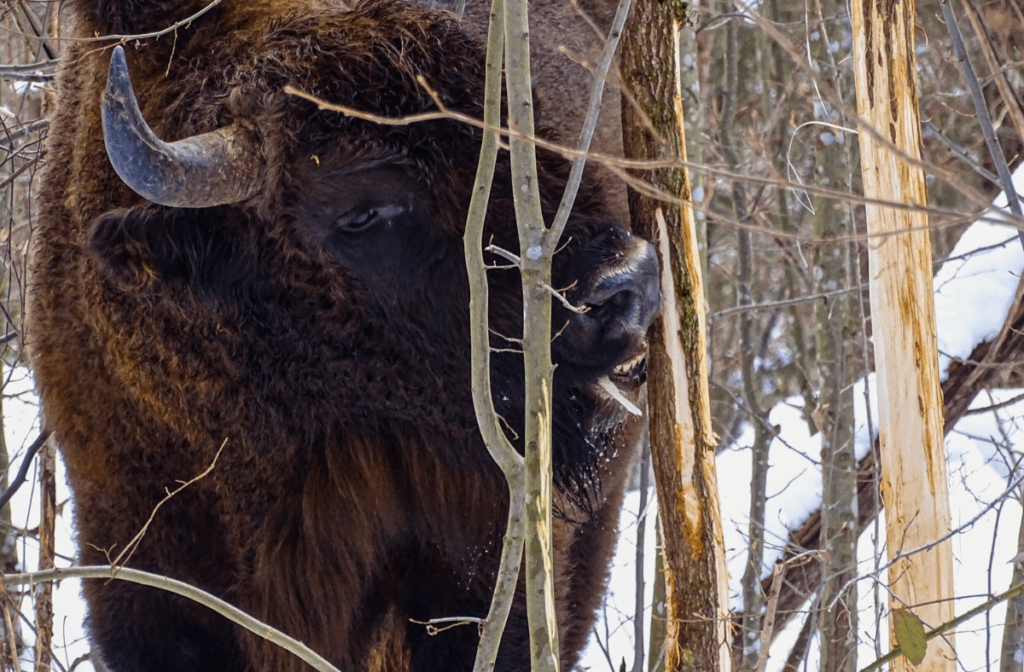
Sometimes landscapes and wildlife populations are unable to recover on their own, and need a helping hand. In the case of wildlife, we may reintroduce species to areas where they once existed before human activity caused them to disappear. It’s important to note that species reintroductions are not only about the animals themselves. By reintroducing species – particularly keystone species – we can enhance the health and functionality of entire ecosystems.
How do you counter the concern that nature recovery will have undesirable outcomes?
Rewilding is about working with nature to transform challenges into opportunities. To counter the spread of invasive, non-native plants, for example, our approach is to consider natural solutions – such as grazing or trampling by free-roaming herbivores – as an alternative to expensive, labour intensive methods of removal. Rewilding is about restoring nature in a holistic way, driven by the people who live in that landscape. Part of rewilding is therefore about creating social and economic benefits. The wilder nature itself and the time spent in it can be an important economic asset, as nature is very beneficial for people’s health and well-being.
“We also work to encourage and enable people to live alongside nature. For this it is important that we listen to their concerns, share information, co-create solutions and enable communities to benefit in various ways from nature recovery.”
A very important issue from this holistic perspective is coexistence. As our practical rewilding efforts revitalise natural landscapes across Europe, we also work to encourage and enable people to live alongside nature. This is why it is so important that we find ways to engage with and inspire people across Europe – by listening to their concerns, sharing information, co-creating solutions, and enabling communities to benefit in various ways from nature recovery.
Can you give us some examples of measures you use to promote coexistence?
Today, the Rewilding Apennines team and local partners are working hard to protect and enhance the endangered population of Marsican brown bears living in the Central Apennine mountains in Italy. In our rewilding landscape, the team are developing a network of large-scale wildlife corridors, enabling bears – and a wide range of other wildlife species – to move safely between protected areas.
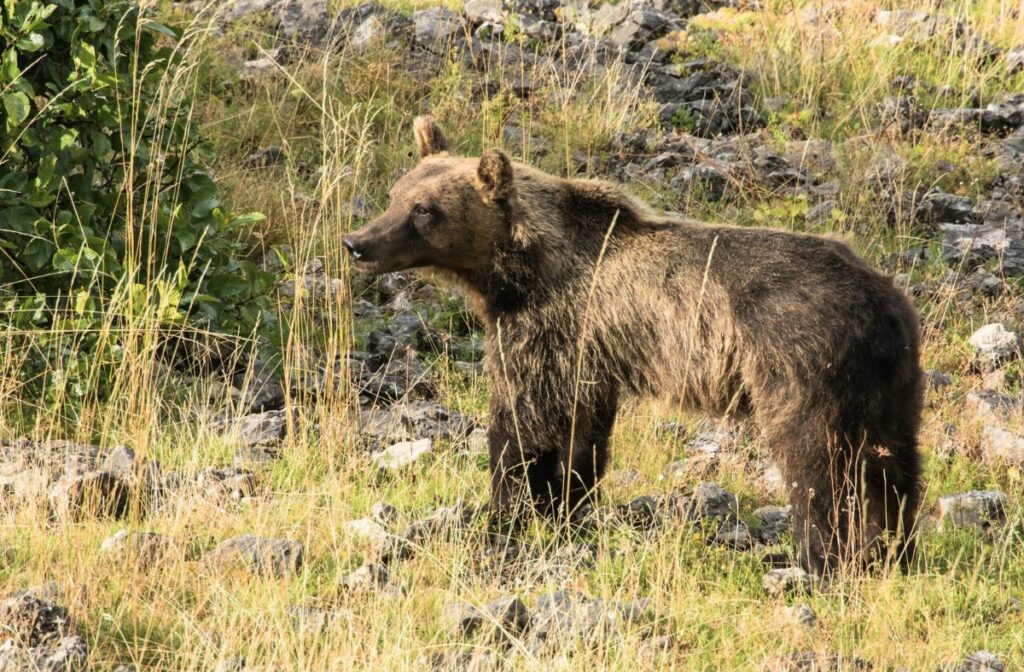
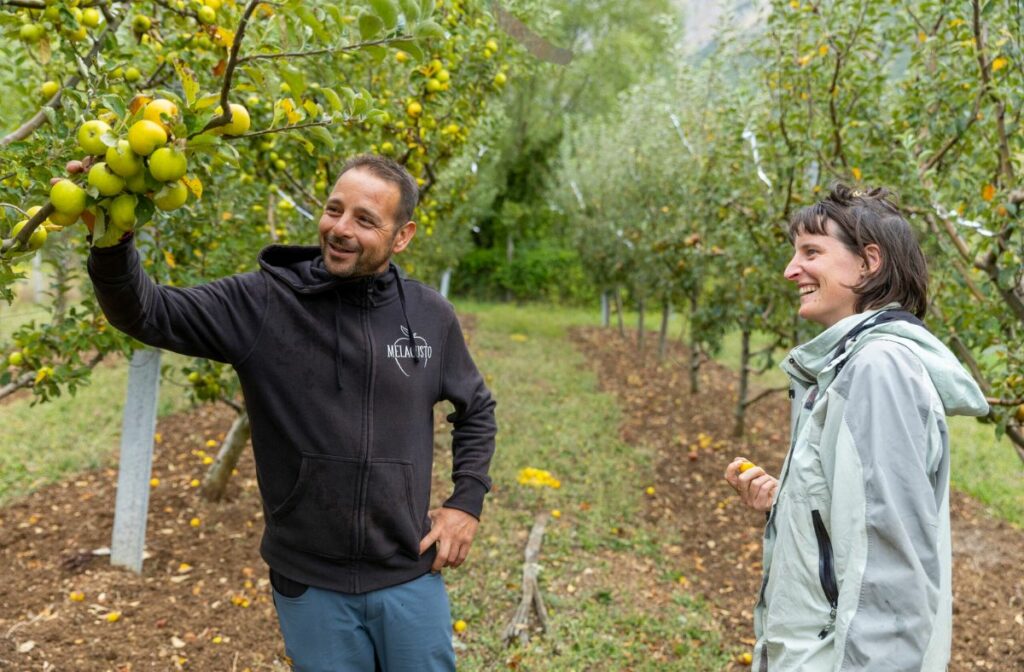
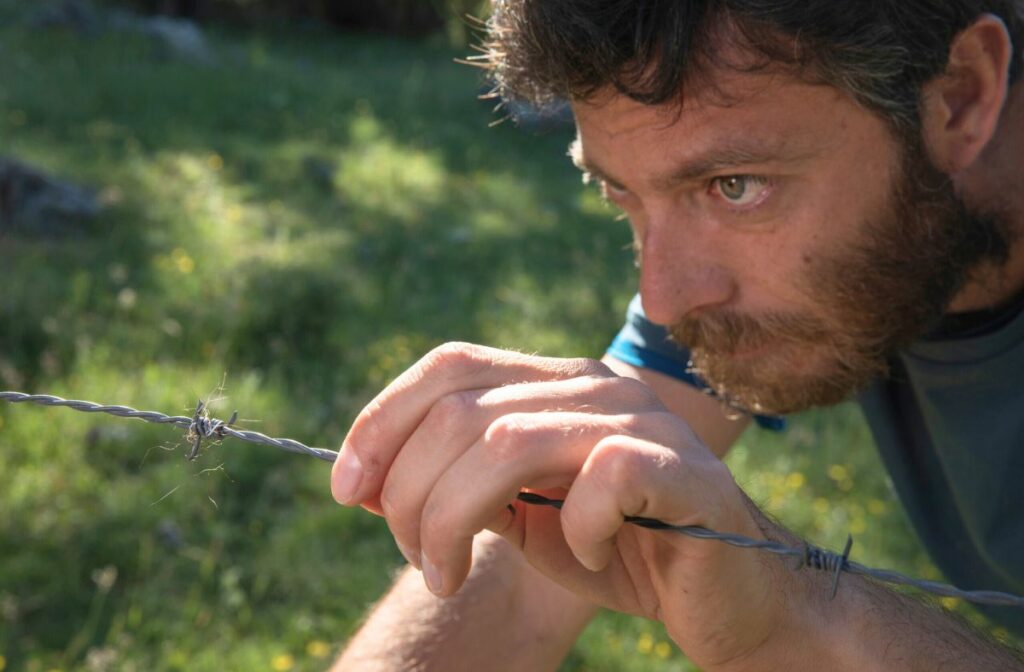
In and around these corridors – which are focused on the Abruzzo, Lazio and Molise National Park, Sirente-Velino Regional Nature Park, and Gran Sasso and Laga Mountains National Park – the team are establishing a network of 16 so-called “bear-smart communities”. A range of measures are employed within these communities, some of which have already been running for many years, to encourage and enable residents to live peacefully alongside bears and other animals. Such coexistence measures encompass everything from the installation of electric fences and distribution of bear-proof bins, to the restoration of abandoned orchards and support for the development of nature-based businesses.
And in our Southern Carpathians rewilding landscape in Romania, where Rewilding Europe and WWF Romania began reintroducing European bison in 2014, rangers work in the field to monitor the movement and health of reintroduced bison. They talk to people from local communities, listen to their ideas and concerns, and, if necessary, intervene to keep the animals a safe distance from villages.
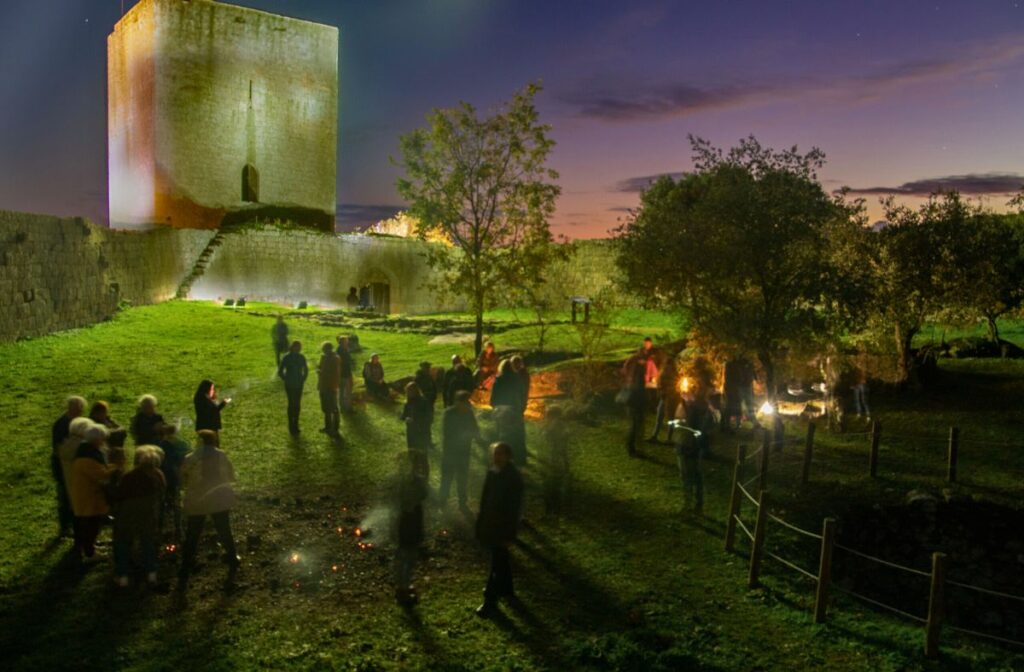
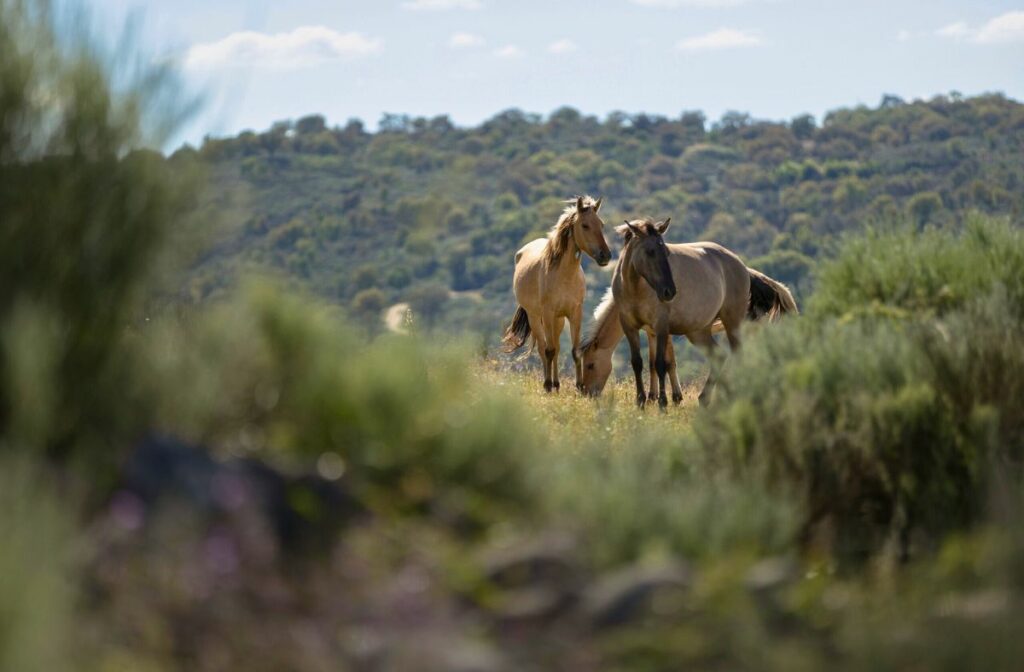
And what is an example of an outstanding coexistence initiative?
In the Greater Côa Valley in Portugal, the Rewilding Portugal team organised the “CÔA – Corridor of Arts” Festival in the summer of 2023. Some of the oldest rock art in Europe can be found in the valley – engravings that are more than 20,000 years old depict animals very much like the Tauros and horses which are being introduced to the landscape for rewilding.
“The festival organised by Rewilding Portugal enhanced coexistence by promoting rewilding, generating new pride in the natural and cultural value of the landscape, and delivering economic benefits to locals.“
For the festival, Rewilding Portugal worked with local artists, sculptors, musicians and created this amazing arts festival that took place in different parts of the landscape. The event attracted many new tourists to the area by celebrating the longstanding cultural connection between people and animals in the landscape. It enhanced coexistence by promoting rewilding, generating new pride in the natural and cultural value of the landscape, and delivering economic benefits to local businesses and communities.
Who works in your rewilding landscapes and how is Rewilding Europe organised?
Rewilding’s holistic approach means we have a very broad mix of people. Besides the rangers that work in some of our landscapes, we also have people who manage herds of grazing animals, who work with local communities to build engagement, who promote rewilding through communications, who work on education with local schools, who oversee practical rewilding efforts and monitor nature recovery, and who work on the enterprise side to ensure as many people and businesses as possible derive economic benefits from nature recovery.
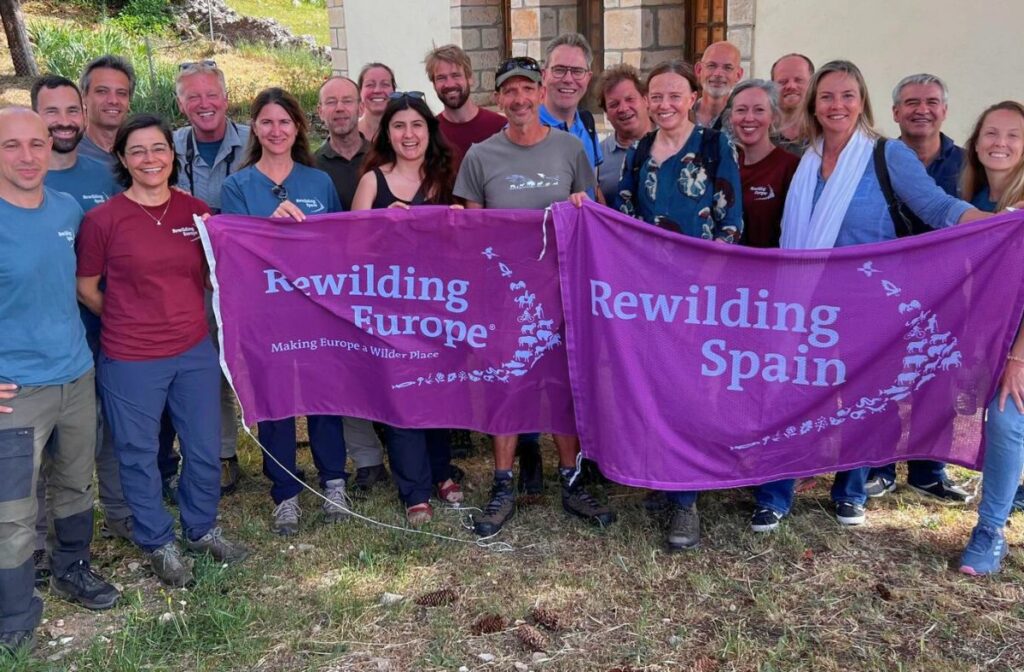
People who believe rewilding could benefit local wild nature and communities at scale can nominate their landscape for inclusion in Rewilding Europe’s landscape portfolio. This formal process includes discussions and consultations, ecological and socio-economic surveys, looking at the availability of people to work there, and fundraising opportunities to make sure there is enough support. Each rewilding organisation is an independent organisation, yet part of a close network. Rewilding Europe is the coordinating organisation, offering technical advice, communications and fundraising support, and training, as well as promoting the sharing of knowledge and expertise.
What are the opportunities for collaboration between Rewilding Europe and NGOs such as the ERF?
I think the role of the rangers is really interesting for rewilding. Because rangers work on the ground – frequently on a daily basis – they have critical knowledge when it comes to landscape management. By working with rangers to help them understand rewilding, we can enable them to recognise opportunities for rewilding across Europe, and help them to communicate its benefits. This can contribute to achieving the targets set out in the new European Nature Restoration Law, which legally requires Member States to restore nature.

In the future, we see good opportunities to engage with European rangers and provide training about rewilding. The priority will be our own rewilding organisations, then our network of more than 90 rewilding initiatives across Europe, coordinated by Rewilding Europe – the European Rewilding Network. But we want people of all backgrounds to understand the benefits of nature recovery in Europe. By fostering widespread support for and understanding of rewilding, we can scale it up more quickly. Rangers can play an important role in this process.
Learn more about Rewilding Europe: www.rewildingeurope.com
Header photo: Rock of the King, NP Piatra Craiului, Transylvania, Southern Carpathian, Romania ©Cornelia Dörr/Wild Wonders of Europe

